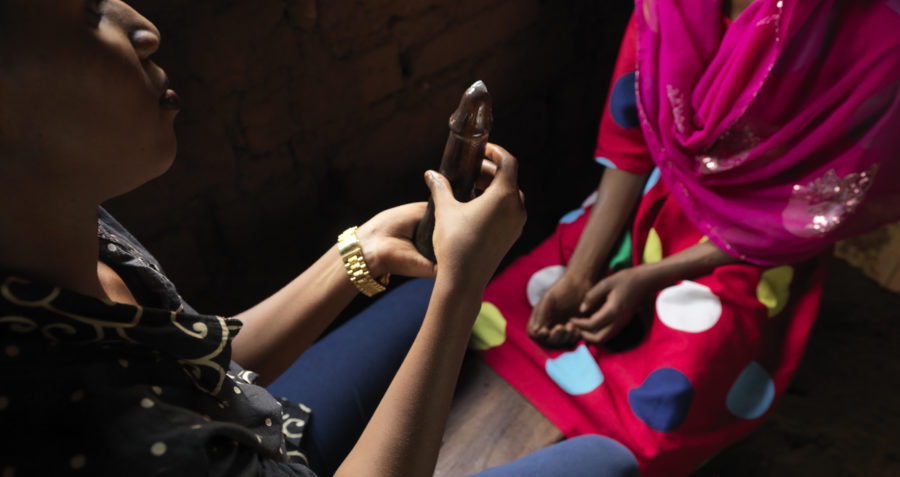HIV prevention and the Global Fund – a pivotal moment in the response
 © Peter Caton for READY
© Peter Caton for READY
How is it possible that, in 2018, an estimated 1.7 million people acquired HIV?
Almost forty years in to the epidemic, it’s not as if we don’t know enough about HIV, how it’s transmitted and the devastating impact it can have on people’s health.
In short, we’ve got stuck. We’ve allowed ourselves to believe that “AIDS is almost over”. This has led to a complacent mind-set, allowing political will and financial commitment to be redirected elsewhere when, in fact, to bring these numbers down and get even close to meeting internationally agreed targets to reduce HIV infections, there must be adequate and predictable funding for the AIDS response.
Earlier this year, the Global Fund to Fight AIDS, Tuberculosis and Malaria called for US$14 billion to help save 16 million lives and avert 234 million infections across the three diseases. We are just days away from a crucial moment, when leaders will show the world’s commitment to tackling HIV, as well as TB and malaria, through their pledges at the Global Fund’s replenishment conference in Lyon on October 10.
The Global Fund’s achievements since 2002 are nothing short of remarkable. More than 32 million lives have been saved thanks to the Fund and its partners. In that time, AIDS-related deaths have declined by 56%. Yet we are in the middle of a prevention crisis. We have the tools to prevent HIV transmission. In fact, in the case of condoms or sterile needles and syringes, we have had them for decades. They are simply not reaching the people who need them.
This is why the Global Fund urgently needs to step up on HIV prevention. The Fund has pledged to deliver a 61% reduction in new HIV infections, to less than 600,000 per year, by 2023. Assuming it can secure a full replenishment, the big challenge will then be to deliver on this commitment, including by working with – and funding – community-based organisations, who so often are the frontline providers of HIV prevention services, especially for those who are most at risk.
The latest data from UNAIDS show that more than half of all new HIV infections now occur among key populations – sex workers, people who inject drugs, men who have sex with men, transgender people and prisoners — and their partners. New infections among young women aged 15-24 also remain unacceptably high – every week an estimated 6,200 adolescent girls and young women acquire HIV. Scaling up HIV prevention services and ensuring they reach marginalised populations is critical if we are to secure a future free from AIDS for everyone, everywhere.
The Global Fund is the clearest demonstration of the impact of smart investments and partnerships for health. Its results have helped to change the course of human health but now we need it to go further. We need a fully funded Global Fund with a renewed focus on HIV prevention.
Tags
HIV preventionThe Global Fund



